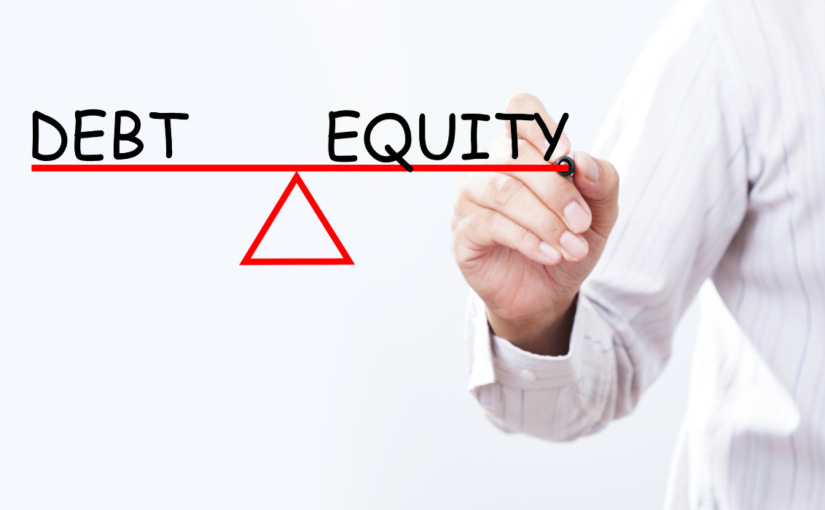back
Balancing Debt and Equity in Office Building Financing
04-2023

Debt and equity must be balanced in the complicated process of financing an office development. While equity financing entails obtaining money from investors, debt financing requires borrowing money from lenders. Any office building project must strike the correct balance between debt and equity in order to succeed.
The main aspects that affect the choice of balancing debt and equity in office building financing will be covered in this article.
- Interest Rates: One of the most crucial aspects to take into account when weighing debt versus equity in office building financing is interest rates. The cost of borrowing is impacted by the interest rate on a loan, which in turn has an impact on the project’s overall profitability. Higher borrowing costs brought on by a higher interest rate can reduce project revenues. To reduce the cost of borrowing, it is crucial to select a loan with a lower interest rate.
- Loan to Value Ratio: The loan amount to the value of the property is expressed as a ratio, or loan to value (LTV). An increased risk of default results from the borrower taking on more debt when the LTV is higher. In order to reduce their risk, lenders often desire lower LTV ratios. A lower LTV ratio also indicates that the borrower must provide more equity, which may raise the project’s ultimate cost. Therefore, it’s crucial to balance the equity contribution with the LTV ratio.
- Cash Flow: The project’s monthly cash flow is the total amount of money it brings in. A project’s ability to finance debt payments is improved by a stronger cash flow, which lowers the risk of default. Lenders often favor projects with stronger cash flows as a result. Equity investors, however, also choose projects with higher cash flows because they will receive a greater return on their investment. Therefore, when analyzing the project’s cash flow, it’s crucial to strike a balance between the requirements of equity investors and lenders.
- Risk Profile: When weighing the relative importance of debt and equity, it’s also crucial to take the project’s risk profile into account. Since lenders are less likely to lend to high-risk ventures, a greater risk project often requires more equity and less debt. Low-risk projects, on the other hand, can support more debt and require less equity. As a result, it’s crucial to assess the project’s risk profile and choose the right ratio of debt to equity.
- Time Horizon: The project’s time horizon is the amount of time it will take to finish and produce a return on investment. Because investors and lenders will see their profits more rapidly on projects with shorter time horizons, they often want less stock and more debt. Since investors and lenders will have to wait longer to get their money back, enterprises with longer time horizons need more equity and less debt.
- Market Conditions: The choice of how to balance debt and equity can also be influenced by market conditions. Lenders might be more eager to lend, and investors would be more willing to invest, in a healthy market. In contrast, lenders and investors could be more cautious in a depressed market, which might make it harder to acquire financing. As a result, it’s crucial to assess the state of the market and alter the debt-equity ratio appropriately.
In conclusion, choosing the right ratio of debt to equity when financing an office building is a crucial choice that might have an impact on the project’s outcome. Interest rates, loan to value ratios, cash flow, risk profiles, time horizons, and market conditions are the main variables that affect the choice. Developers and investors can improve their chances of success in the office building market by carefully assessing each of these elements and achieving the ideal ratio of debt to equity.
Overall, establishing the ideal ratio of debt to equity is a difficult process that needs careful consideration and research. Working with knowledgeable experts who can offer direction and support during the funding process is crucial. Developers and investors may make well-informed selections and position themselves for success in the office building market by taking the time to carefully analyze all the aspects that have an impact on the choice.
F2H Capital Group is a debt advisory firm specializing in negotiating the best terms for your commercial real estate projects. The company offers a range of financial products and services, including fixed loans, bridge loans, and construction loans across all asset types. Please contact us for any of your financing needs.

